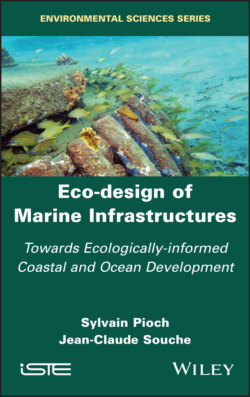Читать книгу Eco-design of Marine Infrastructures - Sylvain Pioch - Страница 17
1.3.1. Influence of the Japanese vision for sea-friendly development projects
ОглавлениеFrançois Doumenge15, in his book Le Japon et l’exploitation de la mer (1961), was impressed by “the incredible creativity of this people towards maritime productive development”. He emphasized the empirical and traditional approach of Asian societies, where the observation of nature, expressed in the Shinto spiritual tradition (or Kani-michi, the “voice of the gods”), gave a familiar closeness between humans and a deified nurturing nature, but in proximity, not in superiority (Doumenge 1961, 1966). In fact, the spirituality developed around nature and Shinto is more a way of life than a religion in the Western sense, according to Doumenge. This vision has also influenced Augustin Berque (1996). He admits in his reflections to having been inspired by the Japanese author Watsuji Tetsurō to clarify his vision of the ecumene where the human is intimately dependent on the natural environment. The sea (umi) is both a vital and respected environment because it is a place of intense spiritual activity where the kani (familiar deities) live and where the souls of the dead spend time. The Japanese view of the sea, and the underwater world, is also one that is comparable to our view of our earthly, poetic and scenic landscapes (Figure 1.4).
Moreover, the two basic principles of Japanese coastal maritime law (Amako 2015) are based on:
– the “Yoro Code” (養老律令 enacted in 757): “coastal areas are of common (public) use and are managed by the users themselves”;
– the “Ritsuryo Rules” (律令要約 enacted in 1741): “coastal areas are managed by delegation to local fishing communities”.
The management of natural marine environments closest to the activities carried out there, in this case fishing, is a marker structuring Japanese thinking.
Figure 1.4. Kushimoto Marine Park, protected for the value of underwater landscapes (photo: S. Pioch)
